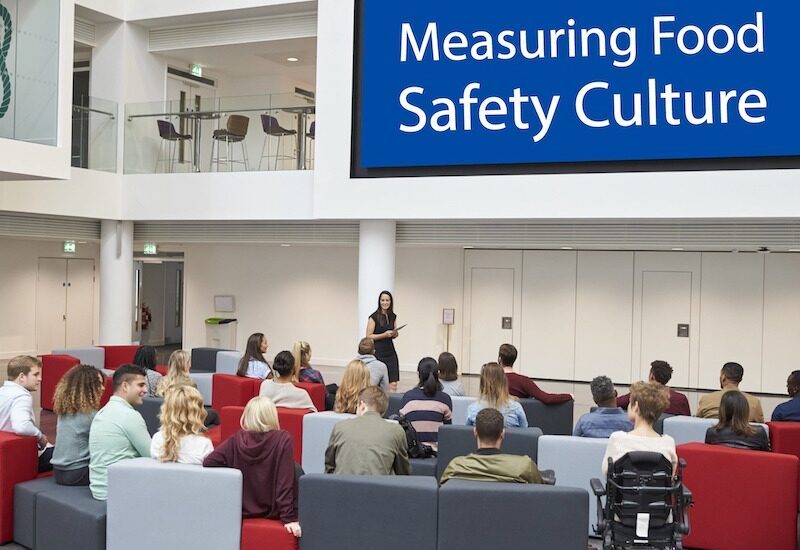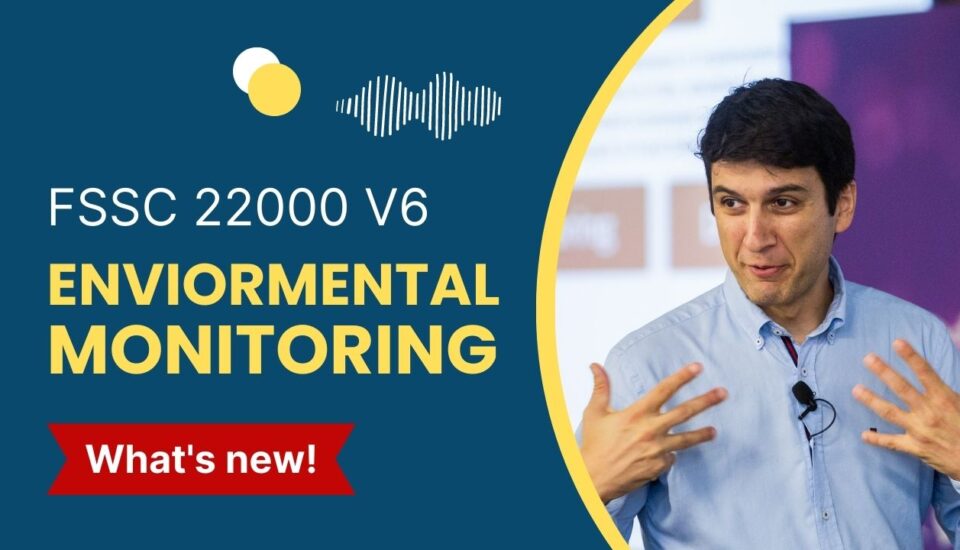
In March 2018 Shuchi Arya and I published an article about Auditors and Auditing. At the time, we had great feedback and so many great comments on it. Since then, a new version of ISO 19011 (July 2018) and, more recently, the COVID 19 pandemic unexpectedly disrupted (also) the Audits world. It seemed to make total sense to release an updated version of the article.








